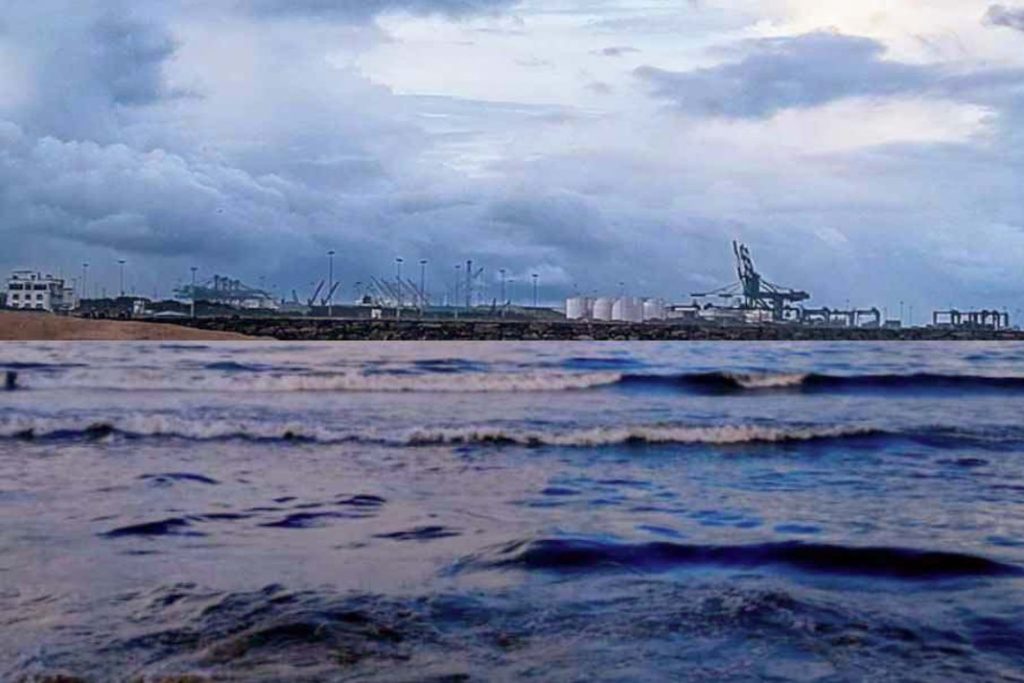Surging freight rates have myriad complex causes but one is shockingly simple: Ships in China are running low on empty containers to carry goods. Unfortunately, it’s impossible to immediately fill the shortfall and, once again, the container lines are cashing in.
The shortage is raising eyebrows because, until recently, ocean liners had far too many boxes compared with prevailing demand. This was after shipping companies and lessors spent heavily on new equipment during the pandemic to ease congestion.
But in what is beginning to feel like this industry’s Groundhog Day, liners are again scrambling to find containers — this time due to vessels rerouting following Houthi attacks in the Red Sea.
Geopolitics is inherently unpredictable, but an industry trusted with carrying around 90% of the world’s goods, and which earned hundreds of billions of dollars during the pandemic, still lacks sufficient resilience.
Shipping’s Groundhog Day
An initial surge in freight prices — prompted by ships taking the much longer route around the Cape of Good Hope — petered out in March, yet prices have now surged even higher. Amid signs of intensifying port congestion in Asia and the Middle East, AP Moller-Maersk A/S this week raised its full-year earnings forecast for the second time in a month.
Executives and industry watchers have identified a culprit: equipment availability. “Right now we start to see the clear signs of shortages of boxes, which, in combination with the port congestion, reminds us of the Covid years,” George Youroukos, executive chairman of Global Ship Lease Inc., told analysts last month.
These shortages could “become even more pronounced in the weeks and months to come, as empty boxes are not available where they should be,” Constantin Baack, chief executive officer of Norwegian firm MPC Container Ships ASA, predicted last week.
Maintaining the flow of empty shipping containers is always a challenge because global trade is lopsided: China is a big net exporter of merchandise, whereas the US is a net importer, for example. On average, roughly one-third of containers are transported empty so they can be repositioned.
Managing this process is even more complicated now. Demand has been stronger than expected — possibly due to restocking and an earlier start to the peak season — while ships are spending longer at sea, soaking up vessel and container capacity. “You simply need more boxes to transport the same amount of goods,” Hapag-Lloyd AG CEO Rolf Habben Jansen told investors last month, adding that his company was well-prepared.
Ports With Bottlenecks
Eastern Mediterranean ports are no longer easily accessible via the Suez Canal, and therefore carriers are offloading goods at western ports like Barcelona, meaning goods face additional delays before reaching their final destination.
Others are stuck in countries with structural surpluses, such as Russia, where container imports from China have surged since Vladimir Putin’s scorched earth invasion of Ukraine in 2022.
Hence equipment isn’t returning to China as rapidly as ocean carriers anticipated, preventing liners utilizing their full capacity and giving them more bargaining power with customers. For instance, “almost all” carriers serving Shanghai are lacking empties, according to Ligentia, a supply-chain management company.
When freight rates fell in 2022-2023, the container lines started to get rid of surplus boxes to match lower demand and to avoid the steep depot levies on unused equipment. Meanwhile, container production fell last year to the lowest since 2016, according to maritime research firm and consultancy Drewry.
Almost all the world’s shipping containers are manufactured in China, and the good news is producers there are now rapidly ramping up output again; factories churned out almost as many in the first five months of this year as they did during the same period in 2021.
Although lead times are generally only a couple of months, “most of the factories are full for significant orders until late summer,” John Fossey, head of container equipment and leasing research at Drewy, told me.
In the meantime, prices for 40-foot (12-meter) “high cube” cargo-worthy containers in China have in recent days surged to as much as $3,350, according to Hamburg-based Container xChange, an online logistics platform. This is still well below the peak in 2021 but almost double the average price in September.
Box Bubble
An xChange spokesperson described the situation as “a bit of a price bubble” with some market participants “holding onto their inventory, waiting for prices to rise even further.”
Around half of the world’s shipping containers are directly owned by the shipping lines, while the remainder are mostly owned by lessors. The latter have become sought-after takeover targets: The largest, Triton International Ltd., was acquired last year by Brookfield Infrastructure Corp. for $12.8 billion including debt, while Textainer Group Holdings Inc. was taken private in March by Stonepeak Partners LP in a $7 billion transaction.
These groups struck multiyear leases at high prices in 2021, but high capacity utilization restricts their ability to take advantage of the current shortage — Textainer had just 1% of spare capacity at the end of December 2023, while at Triton this figure was around 3% as of July.
Did you subscribe to our daily Newsletter?
It’s Free! Click here to Subscribe
Source: Bloomberg

























